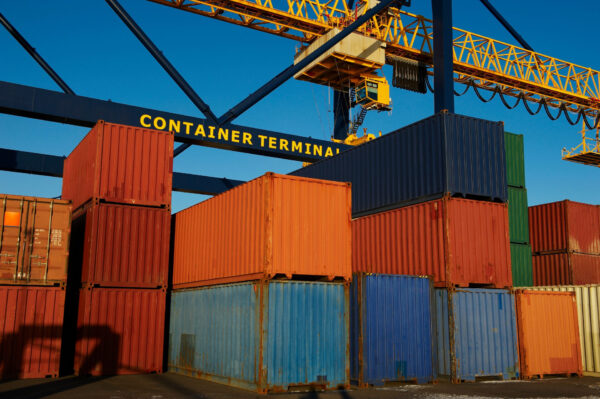How Do Asset Tracking Systems Work?
Asset tracking systems are not only about operational efficiency.
How does an asset tracking system work?
Asset tracking systems are not only about operational efficiency. While there are many business benefits to an asset tracking system. They’re also a step in the right direction towards a more sustainable future. By enhancing how you manage assets, tracking systems contribute to the circular economy. One of the key concepts to a circular economy is keeping items in their intended state for as long as possible. But how do asset tracking systems achieve this? Let’s dive in.
The building blocks of an assets tracking system.

Hardware
RFID Tags or Labels:
Asset tracking systems rely on RFID tags attached to assets, without tags consistently applied the system will never reach its full potential.
Scanners:
Something to scan and capture the data is also crucial for an effective asset tracking system. These scanners read information from your tags, making it accessible for analysis.
Software
Asset Tracking System Software:
Data is great, but actionable insights are better. Software like Ramp’s converts raw data into useful information. This information is crucial for sustainable management of resources.
Network:
A robust network ensures seamless data flow. Making real-time tracking and timely decisions possible.
How it all comes together:
Data Collection:
Your tags or sensors gather essential data, from location to condition. Even usage and rotation.
Data Analysis:
Here, it’s converted into actionable insights, contributing to decisions that prolong asset life. Like maintenance and rotation schedules. Or even better decisions around the need to reorder.
User Interface:
The data collected is only as good as the access to it afterwards. Access and act on this data through an intuitive dashboard. Making sustainable management easier.
Types of asset tracking systems:
Returnable Asset Tracking Systems:
Keeping track of reusable assets and ensuring their rotation is one way of reducing waste. The longer they are in use, the less you need to replace them.
General Asset Tracking Systems:
Ensure longer lifespans for assets such as machinery by triggering timely maintenance.
Retail Inventory Systems:
Help in demand forecasting, reducing overproduction and waste.
Automated Vehicle Identification (AVI) Systems:
Monitor and control the access of vehicles to designated locations.
Why asset tracking systems are a game-changer for businesses.
Streamline Processes
Asset tracking systems powered by RFID can open the door for more automation. Automation eliminates manual errors, leading to better utilisation and longer asset lifespans. Which in turn makes better use of working capital.
Make Informed Decisions
Asset tracking systems with robust data, help you make decisions that improve profits. But also contribute to sustainability. Better asset management keeps things assets in circulation for longer.
Improve Customer Experience
Asset tracking solutions lead to more efficient and transparent operations. Meaning happier customers and reduced wastage. A win-win for everyone involved.
Circular Benefits
By understanding asset condition and usage, timely interventions can be made. This extends asset life, reduces waste, and contributes to a more sustainable, circular business model.
The future is Circular
As technology evolves, expect asset tracking systems to offer even more advanced analytics. Predictive maintenance capabilities are only one area better use of technology can unlock. This will further reduce waste and promote the sustainable use of resources. If you want a sustainable business, embracing asset tracking systems is a wise move.
Ready to take the next step toward sustainability, efficiency, and better use of working capital? With the right asset tracking system, your business can contribute to a more sustainable future while reaping operational benefits.



